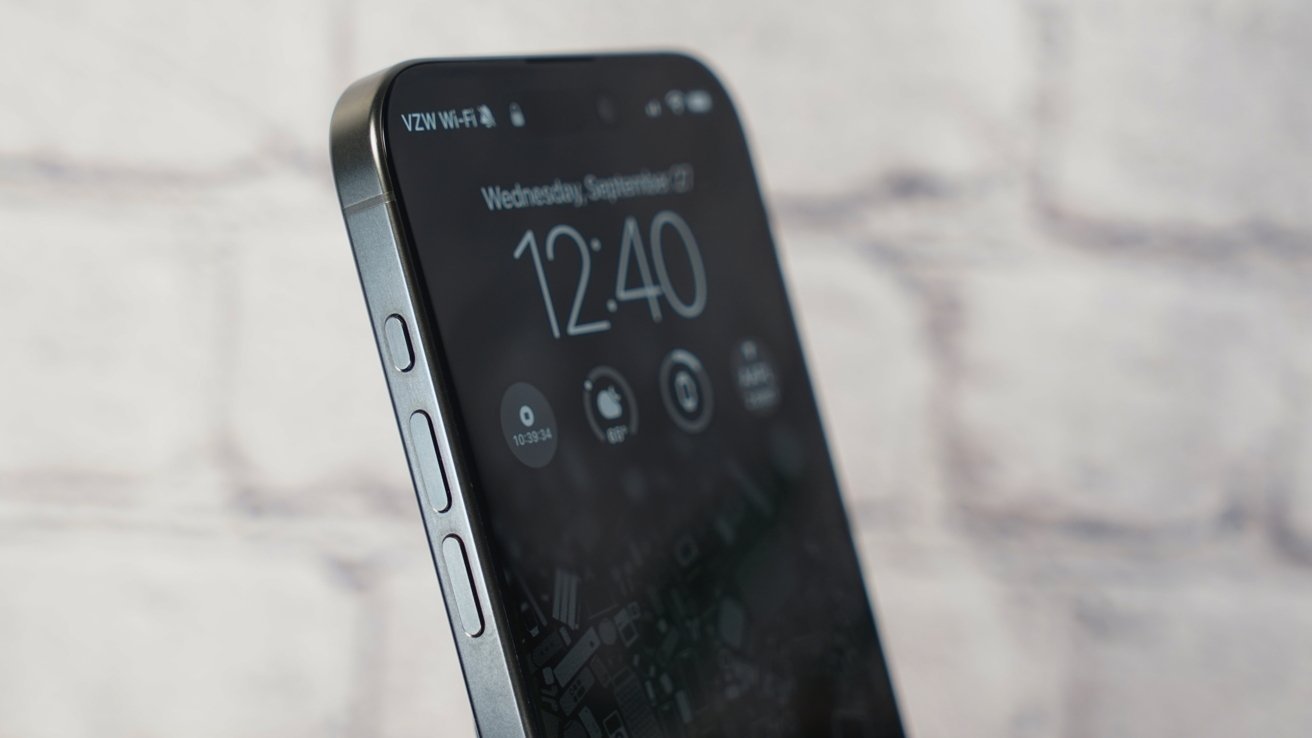Man's small iPhone order turns into $100,000 iPhone 15 Pro Max mix-up
A man allegedly ordered four iPhone 15 Pro Max models from Apple and was surprised when he received 60 -- a mistake totaling about $100,000.

According to TikTok user Giovanni Petruzziello, he had ordered one 1TB iPhone 15 Pro Max for himself in September. He then ordered three more 256GB iPhone 15 Pro Max phones for his employees.
However, on November 1, when the smartphones finally showed up, he got significantly more than he bargained for. Instead of receiving the four iPhone 15 Pro Max units he ordered, he received 60 -- and they were all the one terabyte version.
Petruzziello shared a video, spotted by The Daily Dot, which showed him unboxing three identical cardboard boxes, each filled with 20 iPhone units. The mistake would have cost Apple roughly $96,000 -- before taxes.
"I could probably get in trouble for posting this because they're probably searching for it now," Petruzziello says in the video. "But what do I do?"
Many commenters on the video have suggested that he return the iPhones, noting that Apple is likely aware of the mistake now that the video has gone viral.
Apple announced the iPhone 15 lineup at its annual September Apple Event in 2023. The iPhone 15 Pro line boasts a number of upgrades, including a titanium frame, 5x zoom, and the A17 Pro chip.
Read on AppleInsider

Comments
He did also suggest he might sell them all, and kept showing references to laws around unsolicited deliveries (he is correct that Apple really don't have any redress here, it's their error, and he is entitled to keep the phones). Personally, I'd be tempted to take them back to Apple to curry favour with them, but that's me. While it may be legal, keeping them and selling them on feels like a dickish move.
Chinese companies often engage in a deceptive practice where they order products and have them delivered to random addresses in order to leave a 5-star "Verified" review. They obtain stolen credit card information and use it to order a large quantity of cheap goods, which are then sent to legitimate addresses in the US. Most recipients simply accept the goods without paying for them, while a few take the time to report the unsolicited items to Amazon. In response, Amazon typically allows the recipients to keep the goods since they were not paid for. However, only a small number of people manage to contact the right individuals at Amazon to alert them about the review scam and request the removal of these cheap products from the platform.
From a consumer's perspective, imagine you're browsing Amazon and come across a reasonably priced product with a significant number of positive reviews, even though it's not the cheapest option available. You might be tempted to purchase it based on the seemingly positive feedback. However, the reality is that these reviews are often fabricated, and the product itself is of poor quality, potentially posing risks to children, animals, and human users. The Chinese companies behind these scams quickly move on to new products and set up new fake businesses, leaving behind a trail of fake reviews.